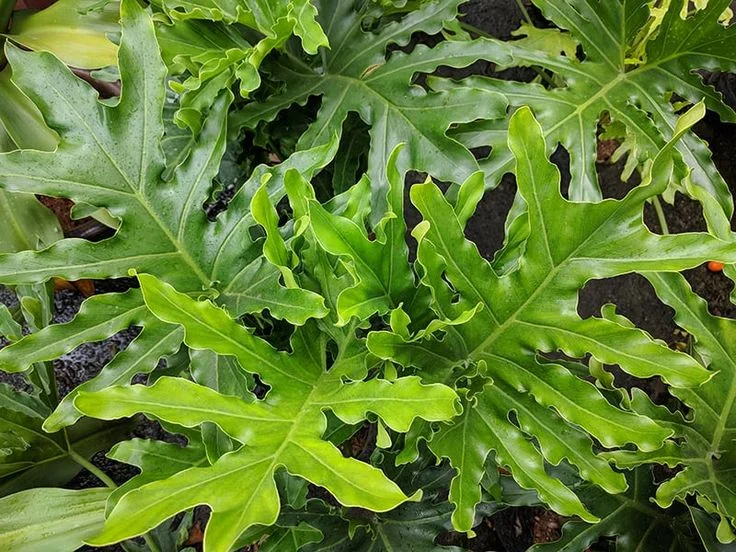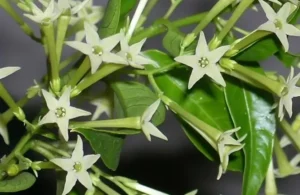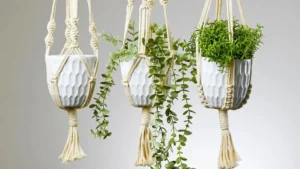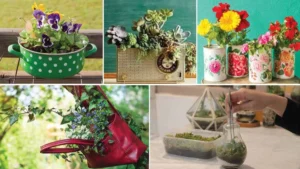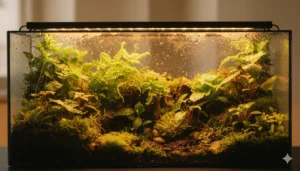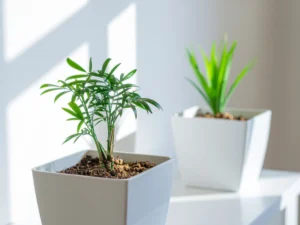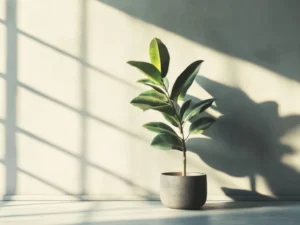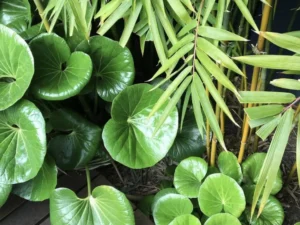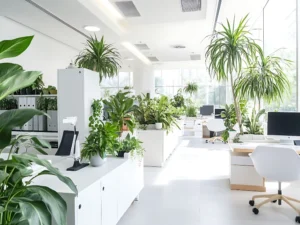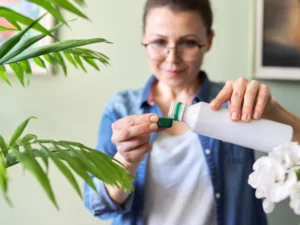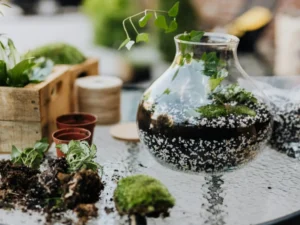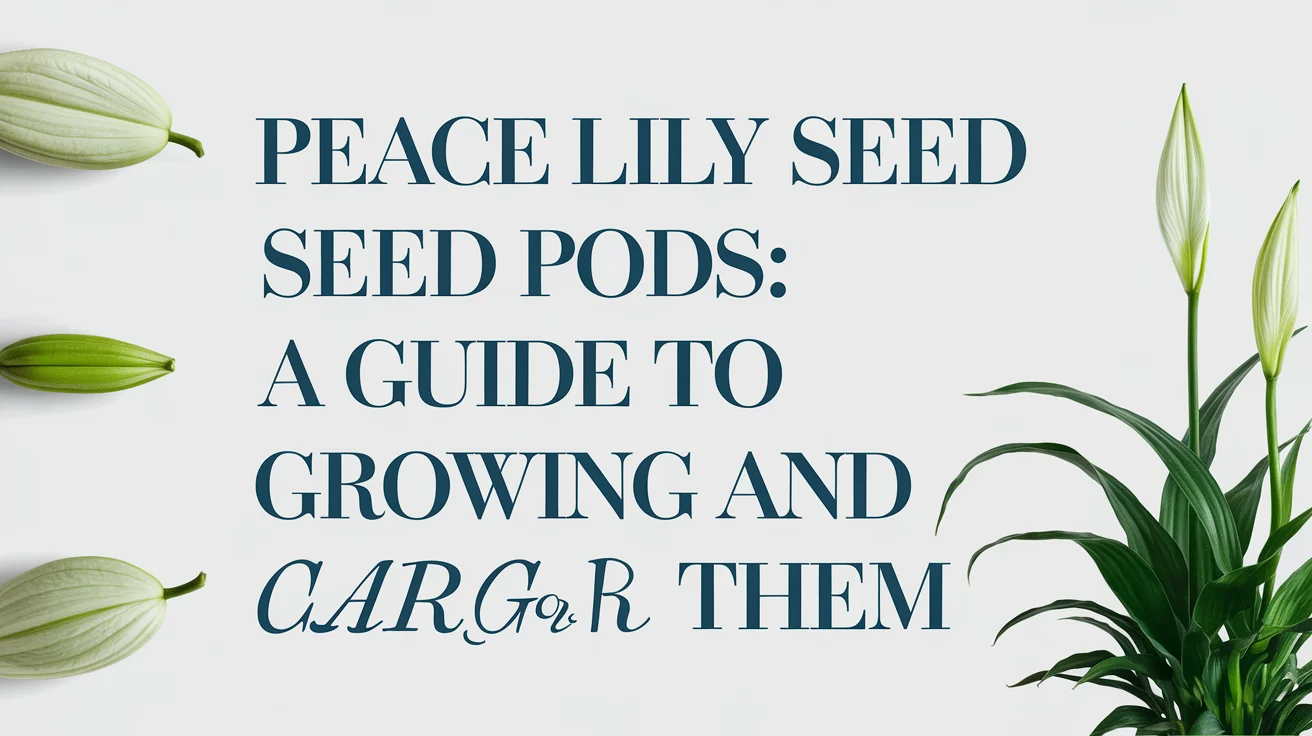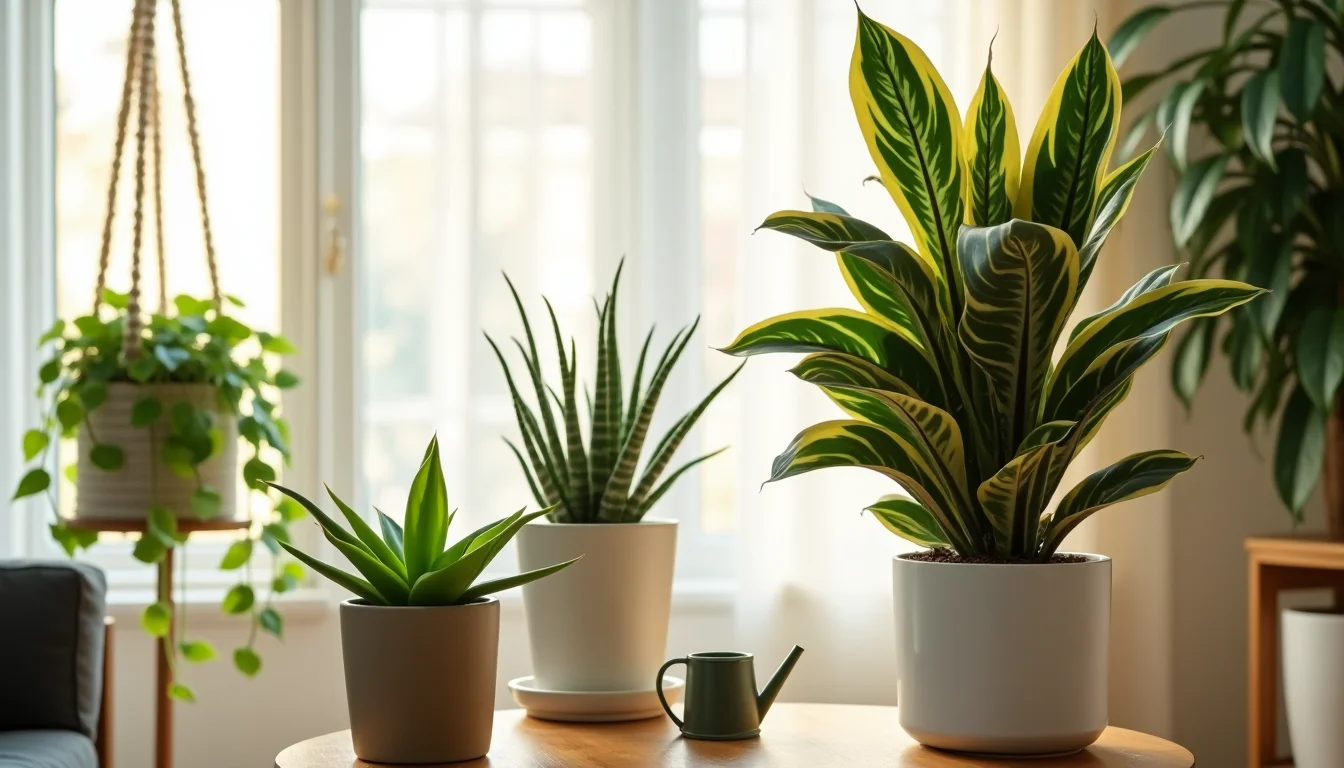Philodendron Selloum care is essential if you want this striking plant, also known as the Lacy Tree Philodendron or Philodendron bipinnatifidum, to grow lush and healthy. With its large, deeply lobed leaves and tropical charm, this plant instantly transforms any space into a green oasis.
In this comprehensive guide, we’ll cover everything from light and watering needs to pruning, propagation, and common issues. By the end, you’ll know exactly how to care for Philodendron Selloum and help it thrive both indoors and outdoors.
What Makes Philodendron Selloum Special?
Philodendron Selloum is prized for its dramatic foliage. The glossy, divided leaves can grow over 2 feet long, creating a bold statement in living rooms, patios, or gardens.
Unlike climbing philodendrons, this variety has a tree-like growth habit, making it perfect as a floor plant. With proper care, it can live for decades, becoming a centerpiece in your home.
Light Requirements for Philodendron Selloum Care
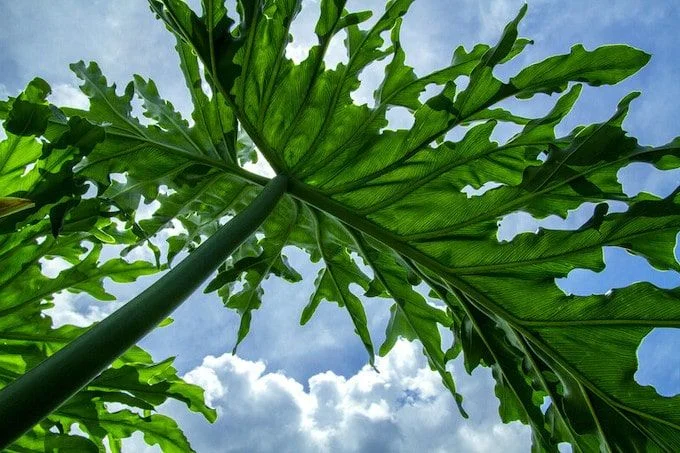
Light is one of the most important factors in ensuring healthy growth for your Philodendron Selloum. This tropical plant thrives in bright, indirect light, but it can also adapt to medium-light conditions. However, too little light will slow its growth and reduce leaf size, while too much direct sunlight can scorch the foliage.
Understanding its light preferences will help you create the perfect environment for lush and vibrant growth.
Best Light Conditions for Growth
Philodendron Selloum grows best in bright, filtered light. Place it near an east- or south-facing window where it can enjoy indirect sunlight without being exposed to harsh rays.
Can Philodendron Selloum Tolerate Low Light?
Yes, it can survive in low-light conditions, but growth will be noticeably slower, and the plant may develop smaller leaves. For the healthiest growth, provide at least medium-light exposure.
Dangers of Direct Sunlight
Strong, direct sunlight can burn and discolor the delicate leaves of Philodendron Selloum. If placing outdoors, keep it under partial shade to protect its foliage.
Watering Needs: Finding the Right Balance
Watering is where most beginners struggle, but it’s crucial for proper Philodendron Selloum care.
- How Often to Water: Water once the top 2 inches of soil feel dry.
- Avoid Overwatering: Standing water leads to root rot. Ensure pots have drainage holes.
- Humidity Needs: Being tropical, Selloum thrives in moderate to high humidity. Mist leaves occasionally or use a humidifier in dry climates.
Transitioning from watering to humidity, you’ll notice healthier foliage when the environment mimics its native rainforest.
Soil and Potting Mix
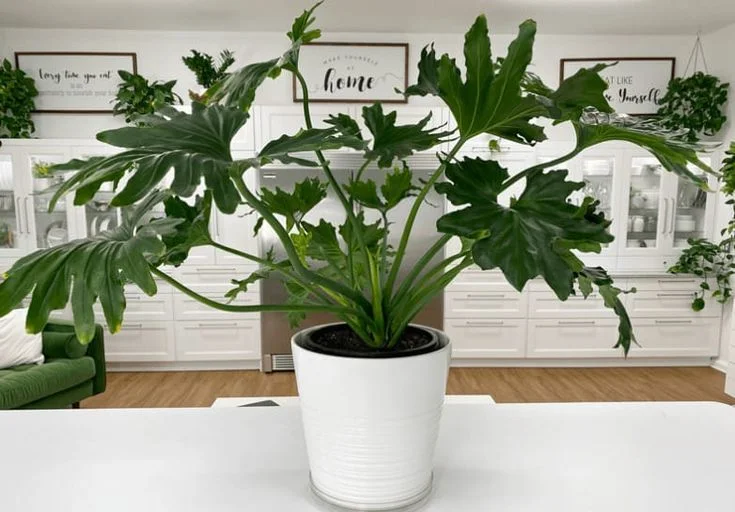
Choosing the right soil and potting mix is essential for successful Philodendron Selloum care. This tropical plant prefers a loose, well-draining medium that retains some moisture without becoming soggy. The ideal mix mimics its native rainforest environment, providing both aeration for roots and consistent hydration.
A healthy soil blend not only supports strong growth but also prevents common problems like root rot and nutrient deficiencies.
Best Soil Type for Philodendron Selloum
Philodendron Selloum grows best in a rich, organic potting mix. A combination of peat moss, perlite, and composted bark allows the soil to drain effectively while retaining enough moisture for steady growth.
Importance of Drainage
Good drainage is critical for this plant’s health. Without it, water accumulates around the roots, leading to rot and yellowing leaves. Always choose a pot with drainage holes and avoid compacted or heavy garden soil.
Ideal pH Level for Growth
For optimal results, maintain slightly acidic to neutral soil, with a pH range of 5.5–7.0. This helps the plant absorb essential nutrients efficiently, keeping its leaves lush and green.
Repotting Needs
As Philodendron Selloum matures, its roots expand quickly. Repot every 2–3 years into a slightly larger container to provide fresh nutrients and enough space for continued growth.
Fertilization for Steady Growth
Regular feeding supports lush growth.
- When to Fertilize: During spring and summer, apply a balanced liquid fertilizer every 4–6 weeks.
- Winter Dormancy: Reduce or stop feeding in cooler months.
- Signs of Deficiency: Yellowing leaves or stunted growth may indicate nutrient issues.
Pruning and Maintenance
Pruning not only keeps your plant tidy but also boosts its overall health.
- Remove Dead Leaves: Cut off yellow or damaged leaves at the base.
- Control Size: If your Selloum becomes too large, trim back older stems.
- Use Clean Tools: Always disinfect scissors to prevent spreading diseases.
Transitioning from pruning to propagation, healthy stems can also be reused to grow new plants.
How to Propagate Philodendron Selloum
Propagation allows you to expand your collection or share this beauty with friends.
- Stem Cuttings: Cut a healthy stem with at least one node.
- Water Rooting: Place in water until roots develop, then transfer to soil.
- Soil Propagation: Plant directly in moist potting mix and keep in bright, indirect light.
Propagation is rewarding, and with patience, you’ll see fresh growth in a few weeks.
Common Problems and Solutions
When caring for Philodendron Selloum, you may encounter a few common issues, but the good news is that most problems have simple solutions. Yellowing leaves usually point to overwatering, while brown tips are often caused by low humidity or excess fertilizer.
In contrast, drooping foliage can signal underwatering or poor lighting conditions. Pest infestations, such as spider mites or aphids, may also appear but can be controlled with neem oil or insecticidal soap.
By monitoring your plant’s environment and making timely adjustments, you can quickly resolve these issues and keep your Philodendron Selloum thriving. For additional tips on preventing leaf-dropping in houseplants, check out this detailed guide on Fiddle Leaf Fig leaves dropping, which offers practical solutions that apply to many indoor plants.
Yellow Leaves
Usually caused by overwatering. Adjust your watering schedule and check drainage.
Brown Tips
Often due to low humidity or excessive fertilizer. Mist the plant or flush soil.
Pest Issues
Spider mites and aphids occasionally appear. Wipe leaves with neem oil or insecticidal soap.
Transition words like however and in contrast are useful here, because while problems may seem worrying, they are easy to solve with quick action.
Outdoor Care for Philodendron Selloum
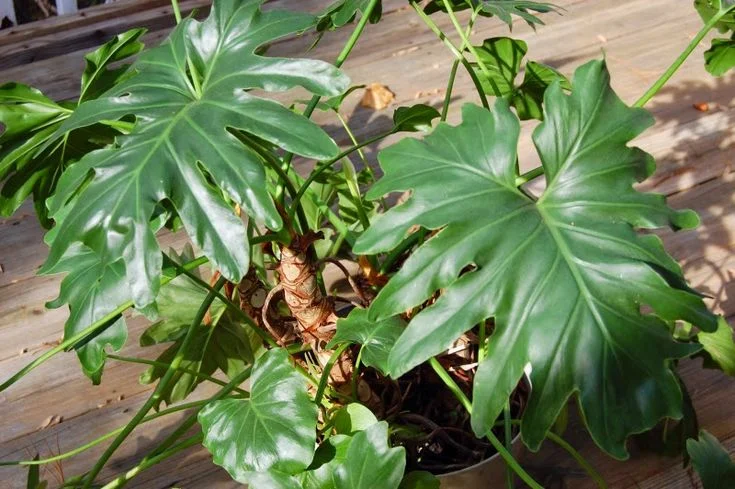
If you live in USDA zones 9–11, Philodendron Selloum can thrive outdoors.
- Plant in a shaded area with moist, well-drained soil.
- Protect from frost, as temperatures below 50°F (10°C) can damage leaves.
- Mulch around the base to retain moisture.
Outdoors, this plant can grow over 10 feet tall, creating a tropical landscape effect.
Styling Ideas for Interiors
Beyond care, Philodendron Selloum is also a design element.
- Place in large decorative pots as a living sculpture.
- Pair with minimalist furniture for a bold contrast.
- Use as a natural room divider due to its wide spread.
Its dramatic leaves make it a favorite for interior designers and plant enthusiasts alike.
FAQs about Philodendron Selloum Care
Is Philodendron Selloum toxic to pets?
Yes, like many philodendrons, it contains calcium oxalate crystals that are toxic if ingested. Keep it away from cats, dogs, and children.
How fast does Philodendron Selloum grow?
With the right conditions, it can grow steadily year-round, adding several new leaves each season.
Can Philodendron Selloum survive in low light?
It tolerates low light but will not thrive. Expect smaller leaves and slower growth.
How often should I repot Philodendron Selloum?
Every 2–3 years, or when roots begin circling the pot.
Conclusion
Philodendron Selloum care may seem detailed, but once you understand its needs, it’s a remarkably rewarding plant. From light and water to soil and pruning, each step contributes to its tropical elegance.
Additionally, keeping your plant healthy involves monitoring for pests, such as thrips, which can damage leaves and stems; learn effective thrips treatment techniques here to ensure your Philodendron thrives.
With patience and consistency, your Lacy Tree Philodendron will flourish, becoming a statement piece in your indoor jungle or outdoor garden.
For further guidance on caring for tropical plants, check out University of Florida IFAS Extension’s guide on Philodendrons.
By following this care routine, you’ll enjoy a thriving Philodendron Selloum for years to come.

